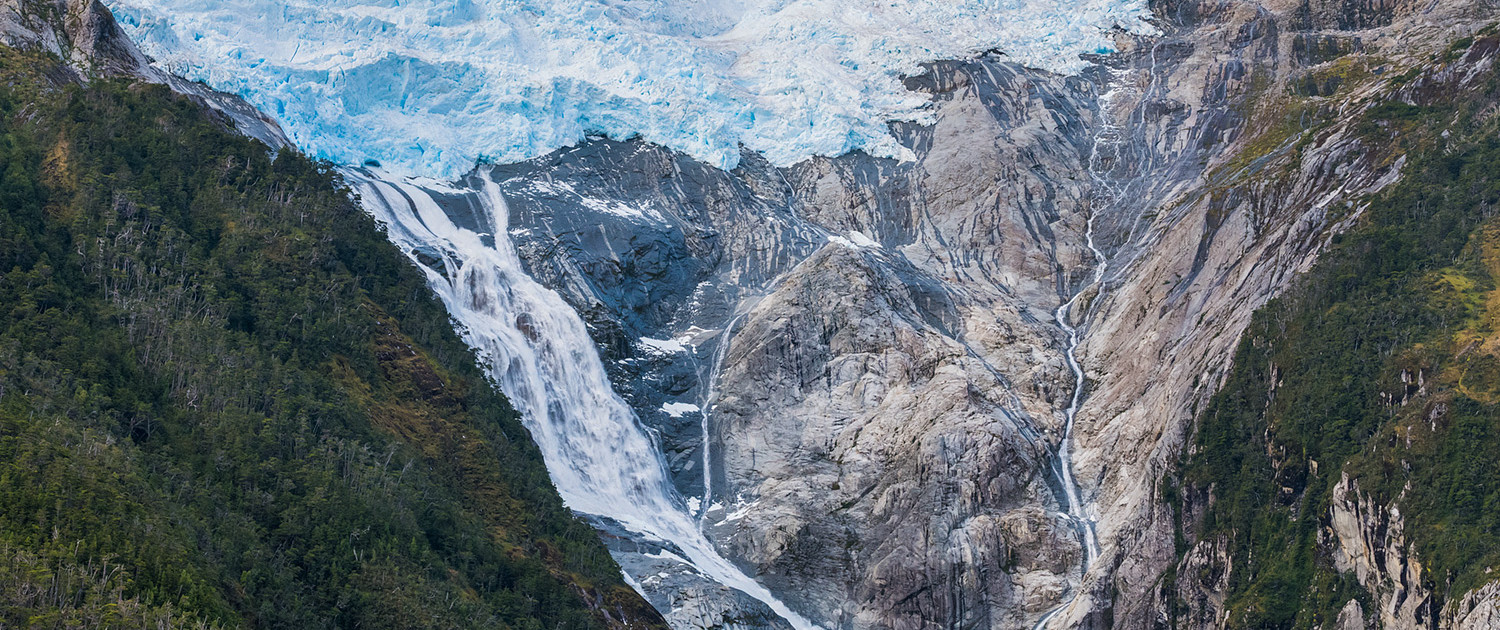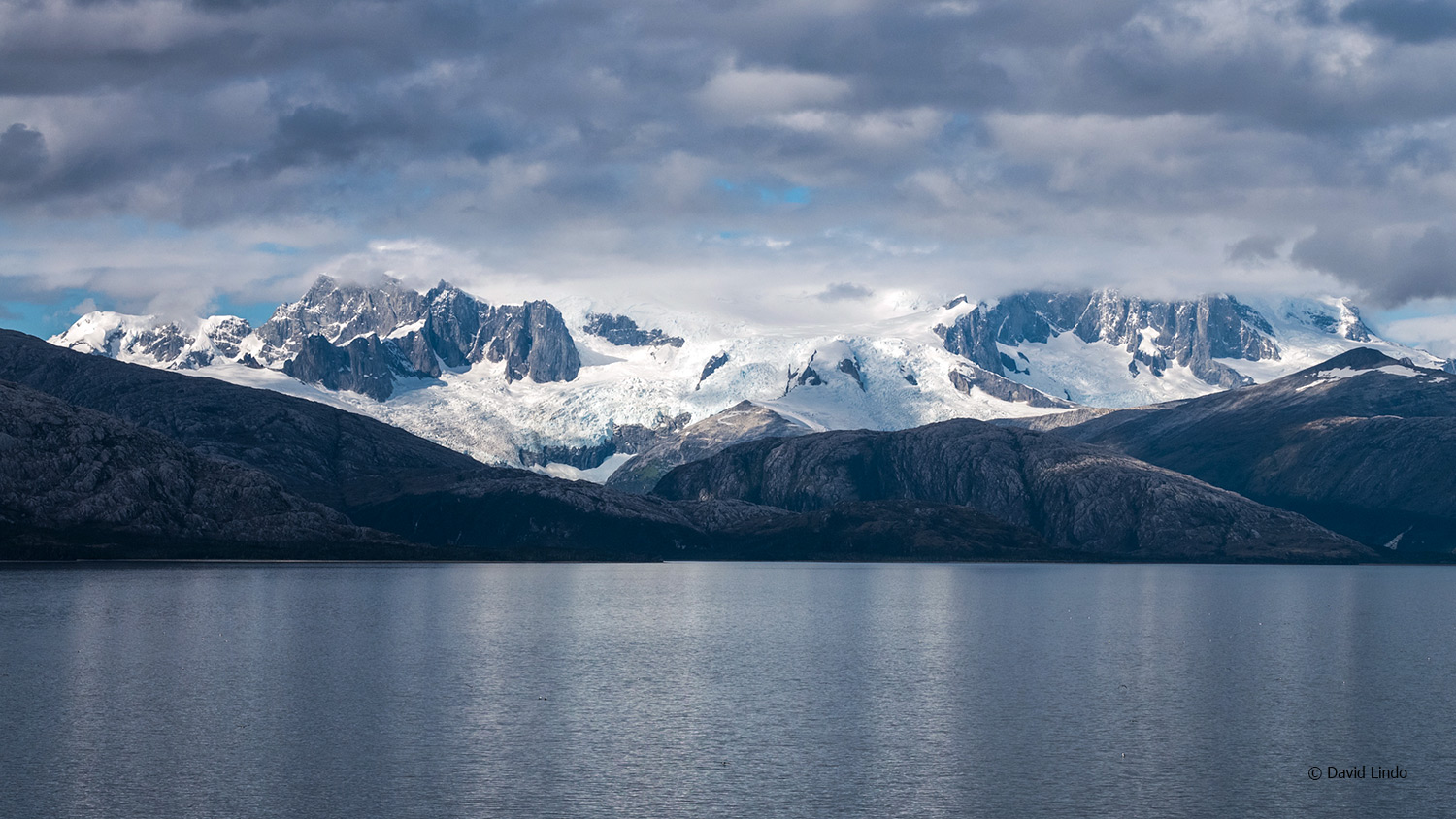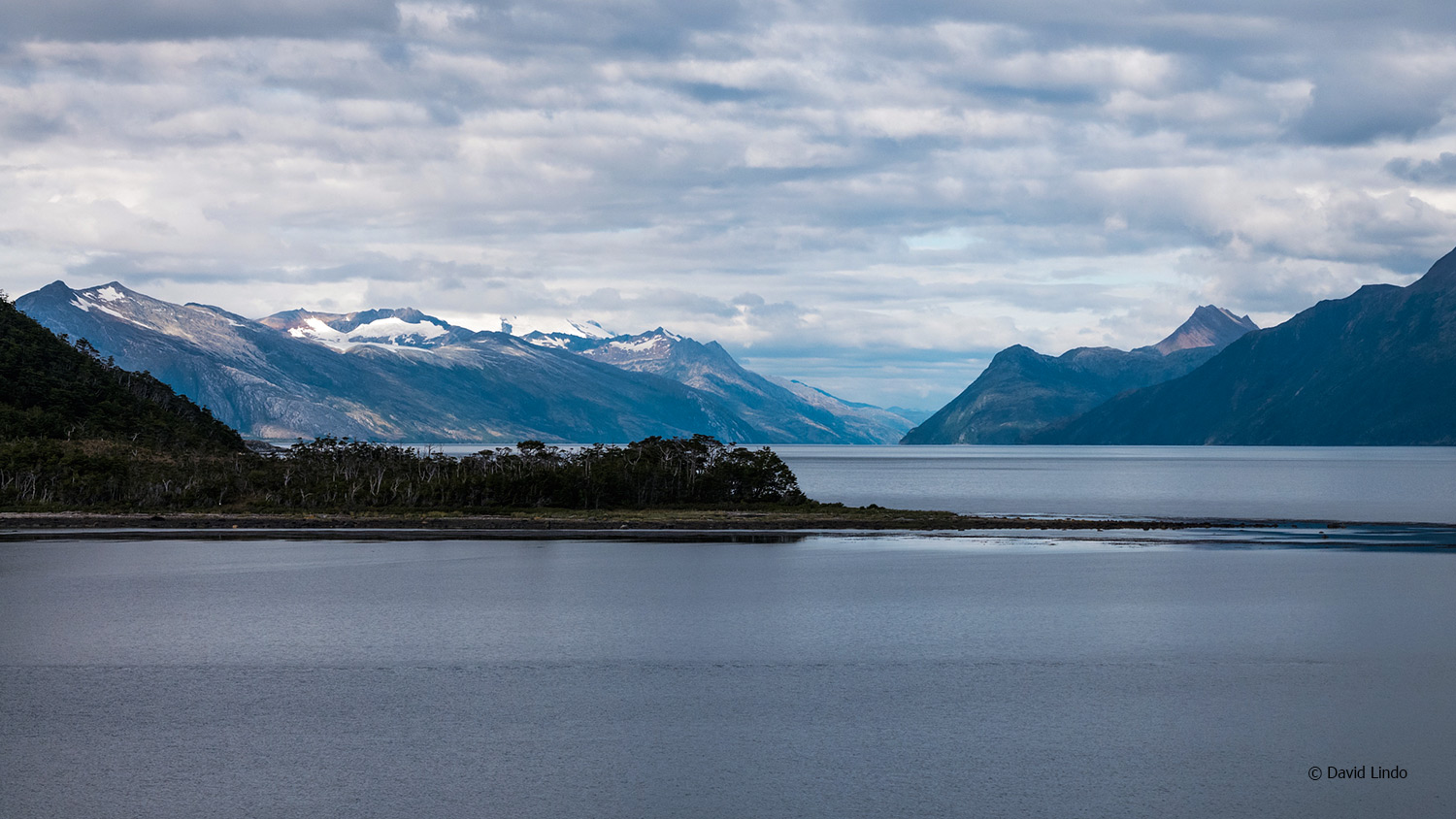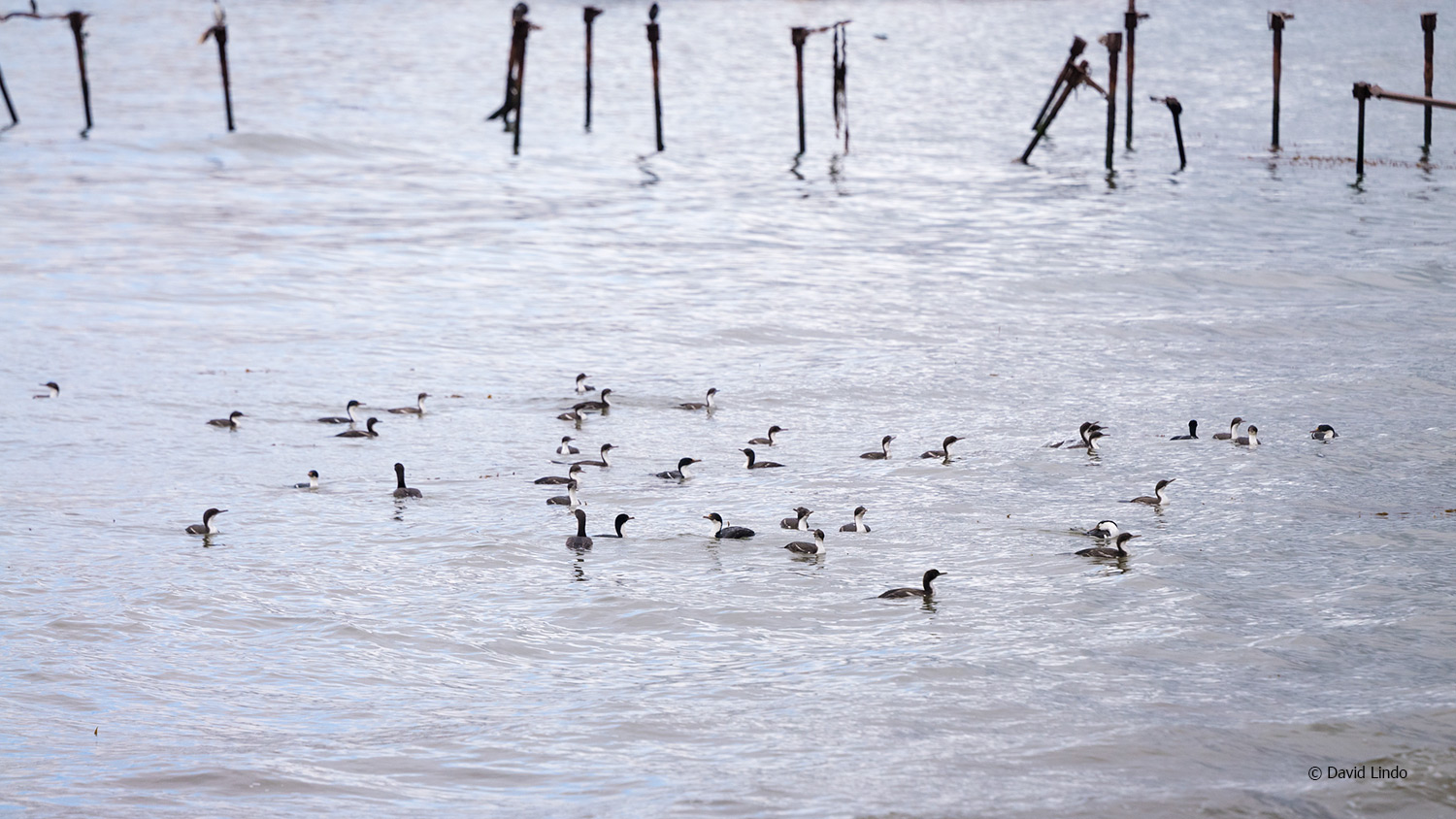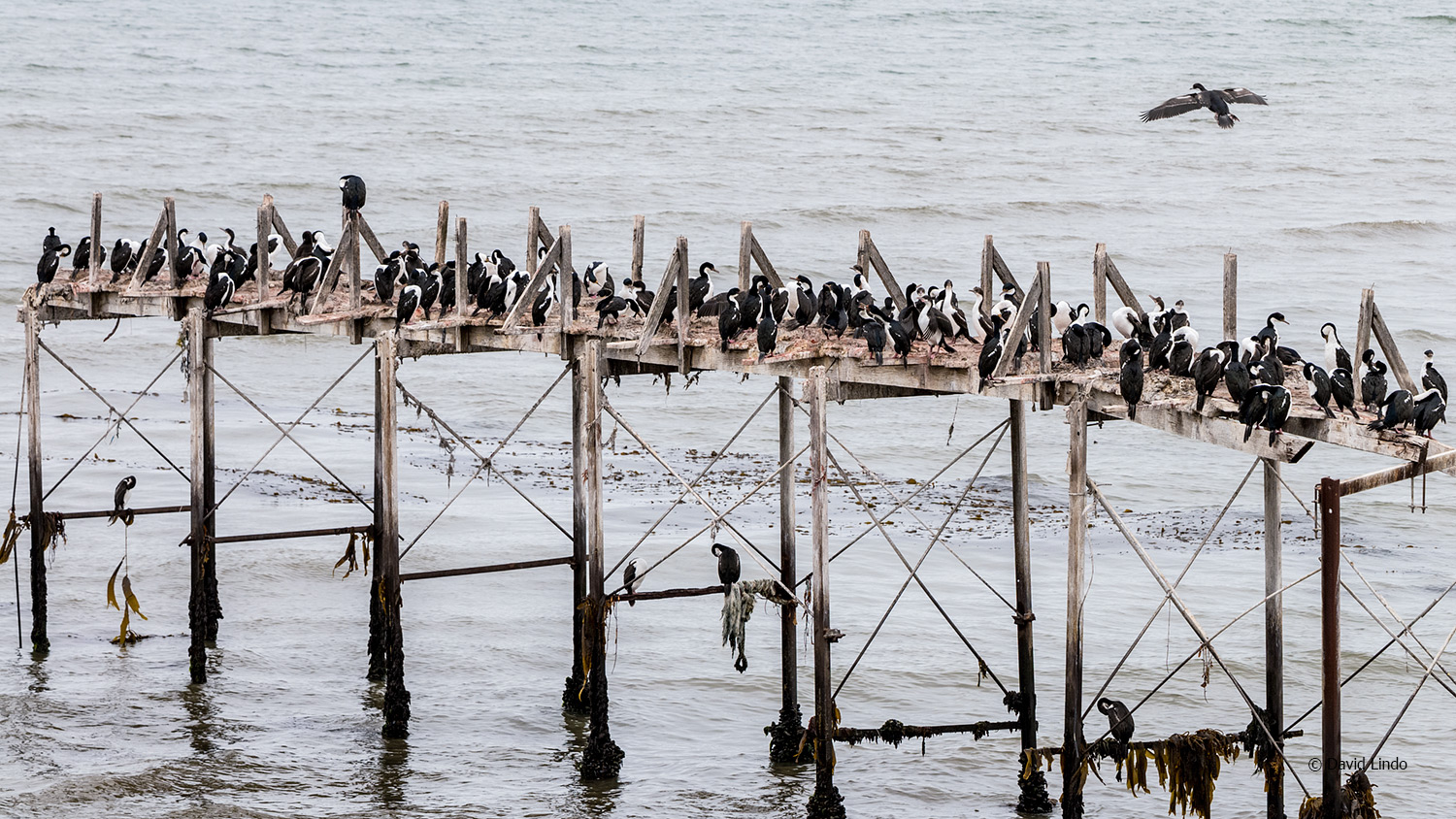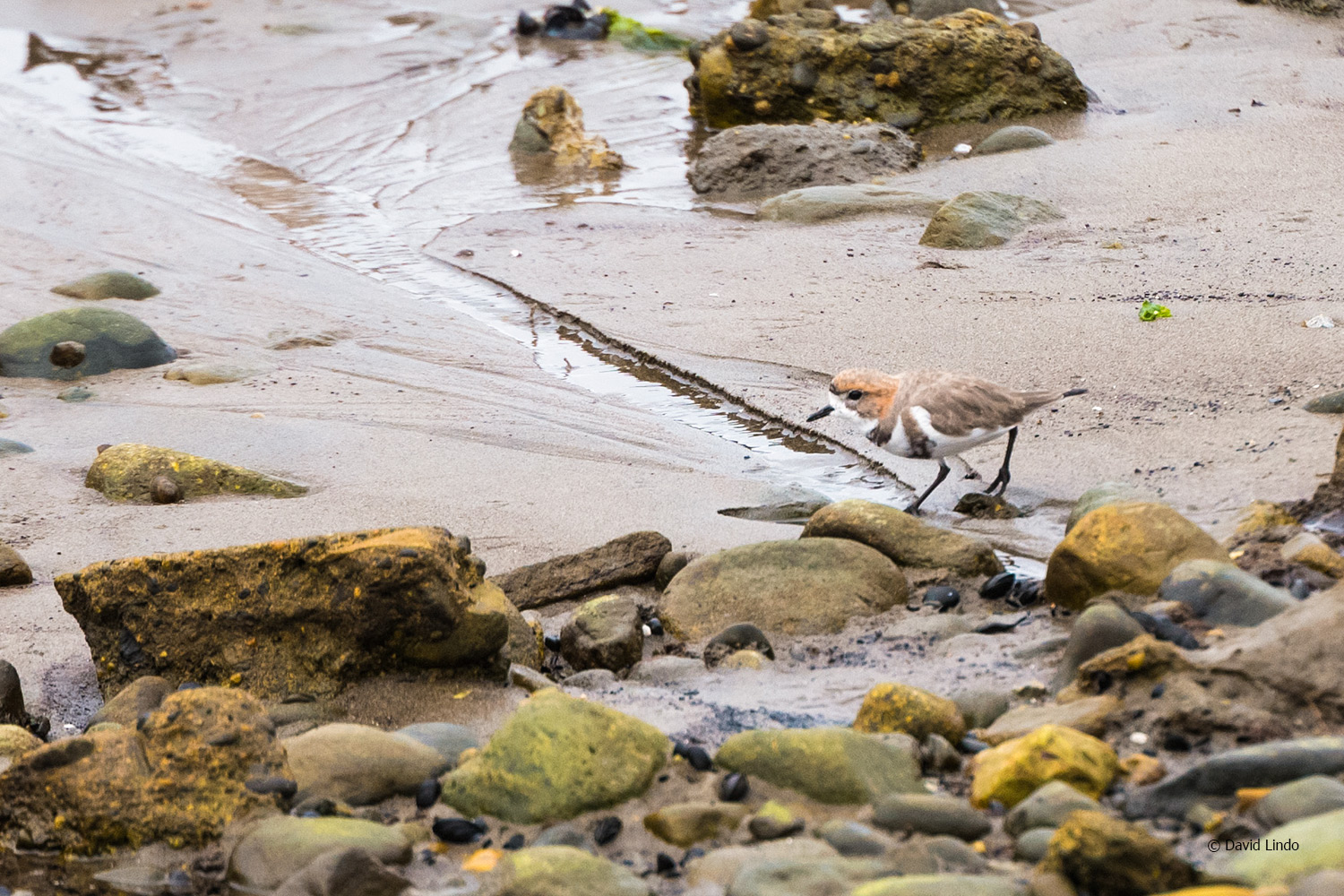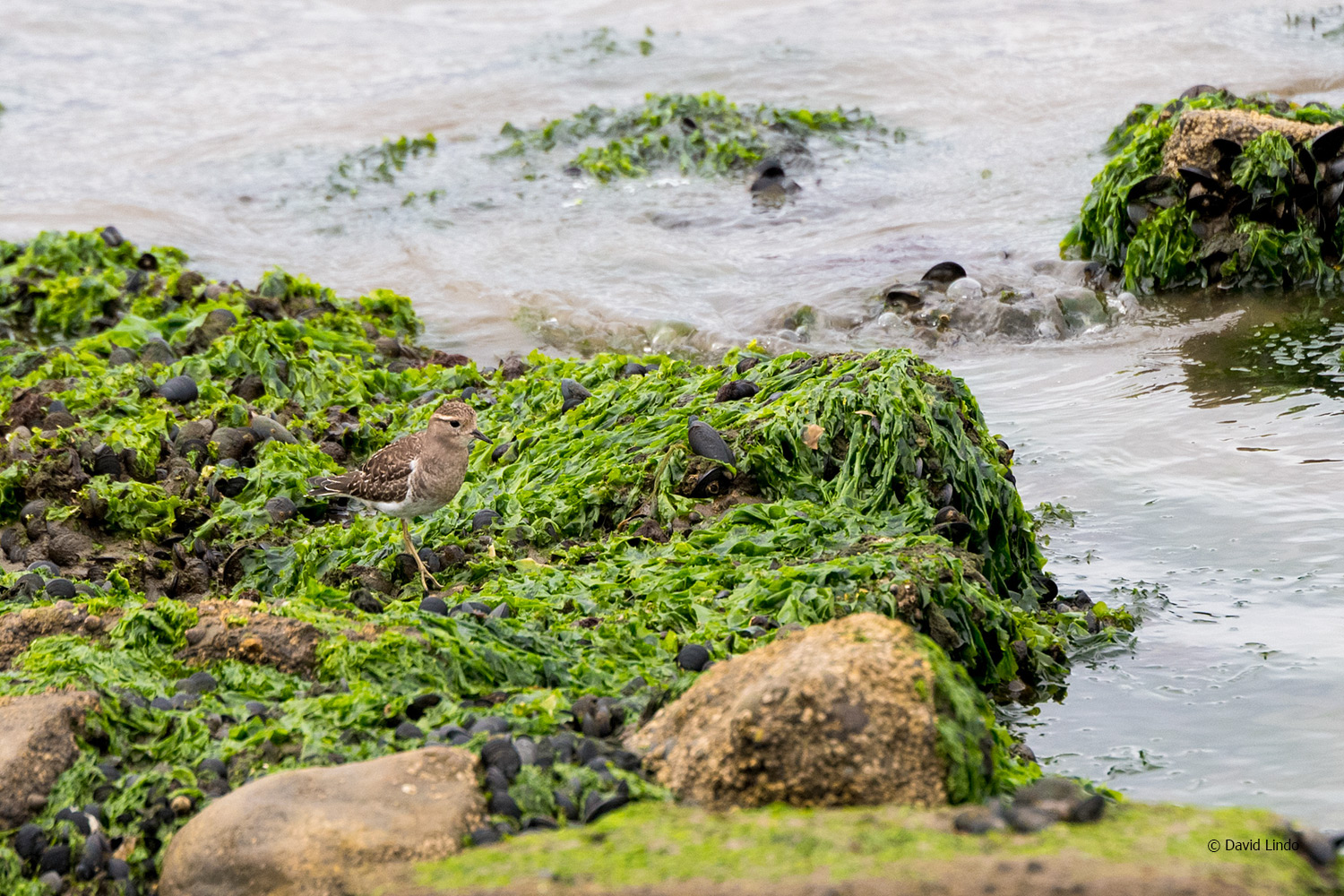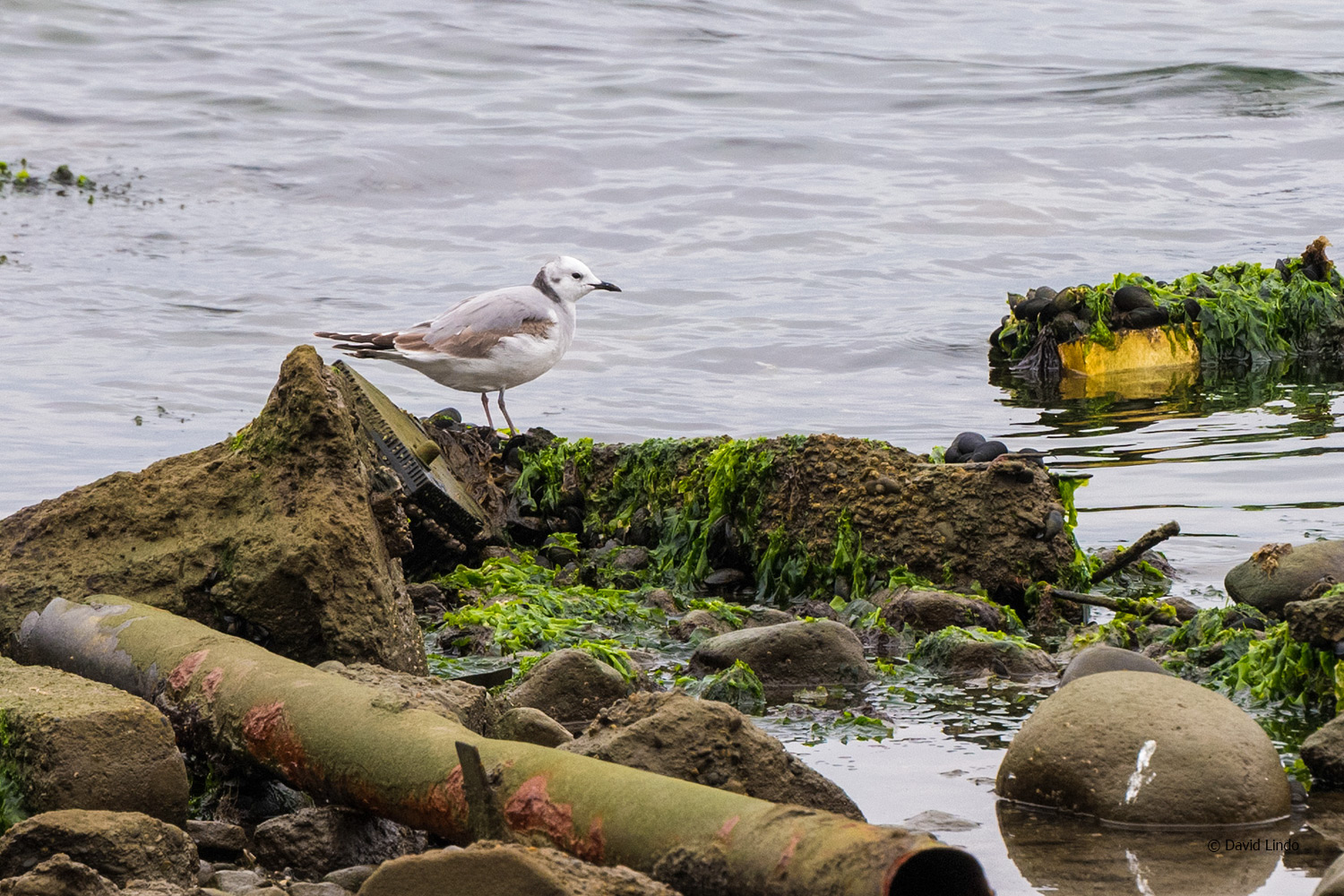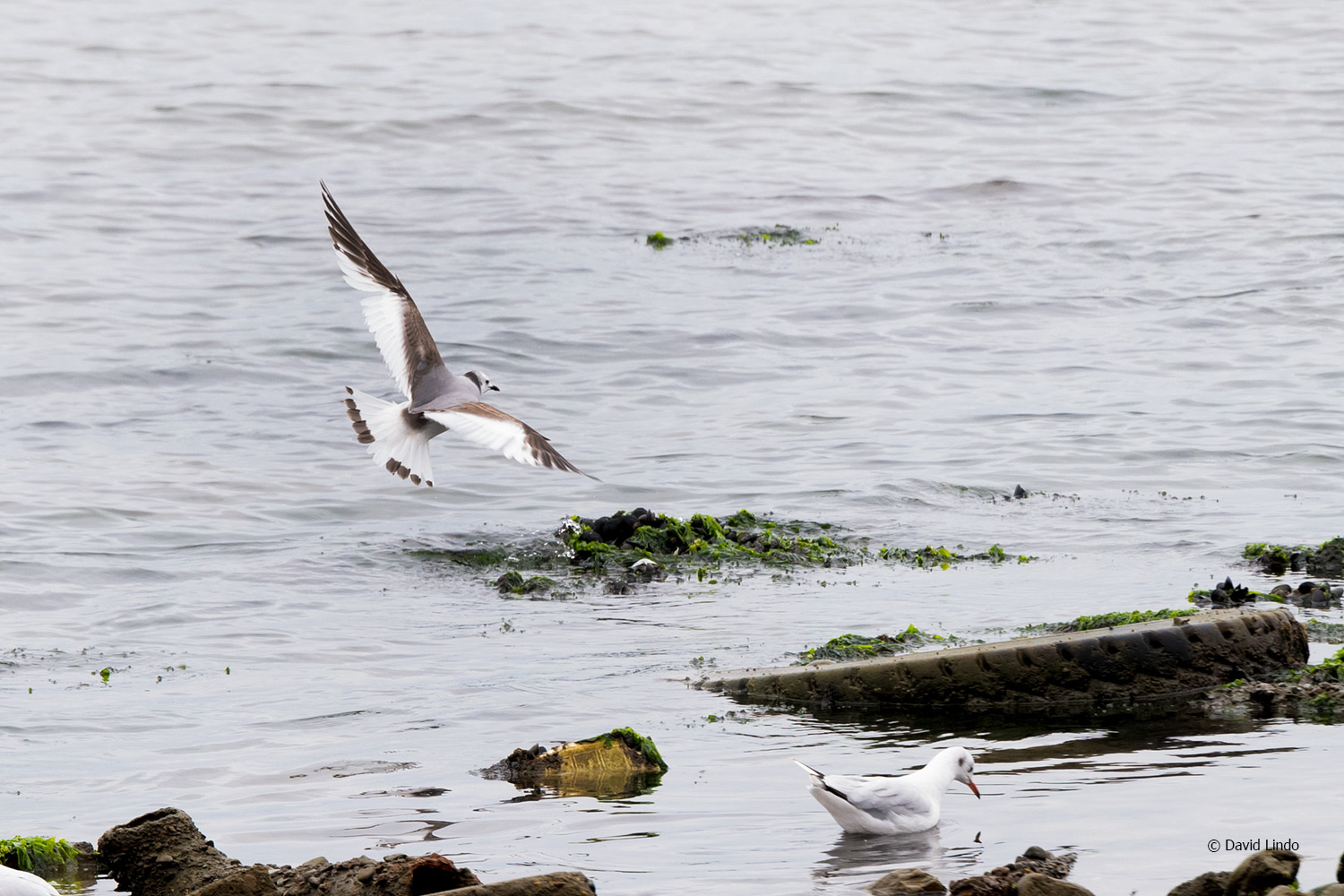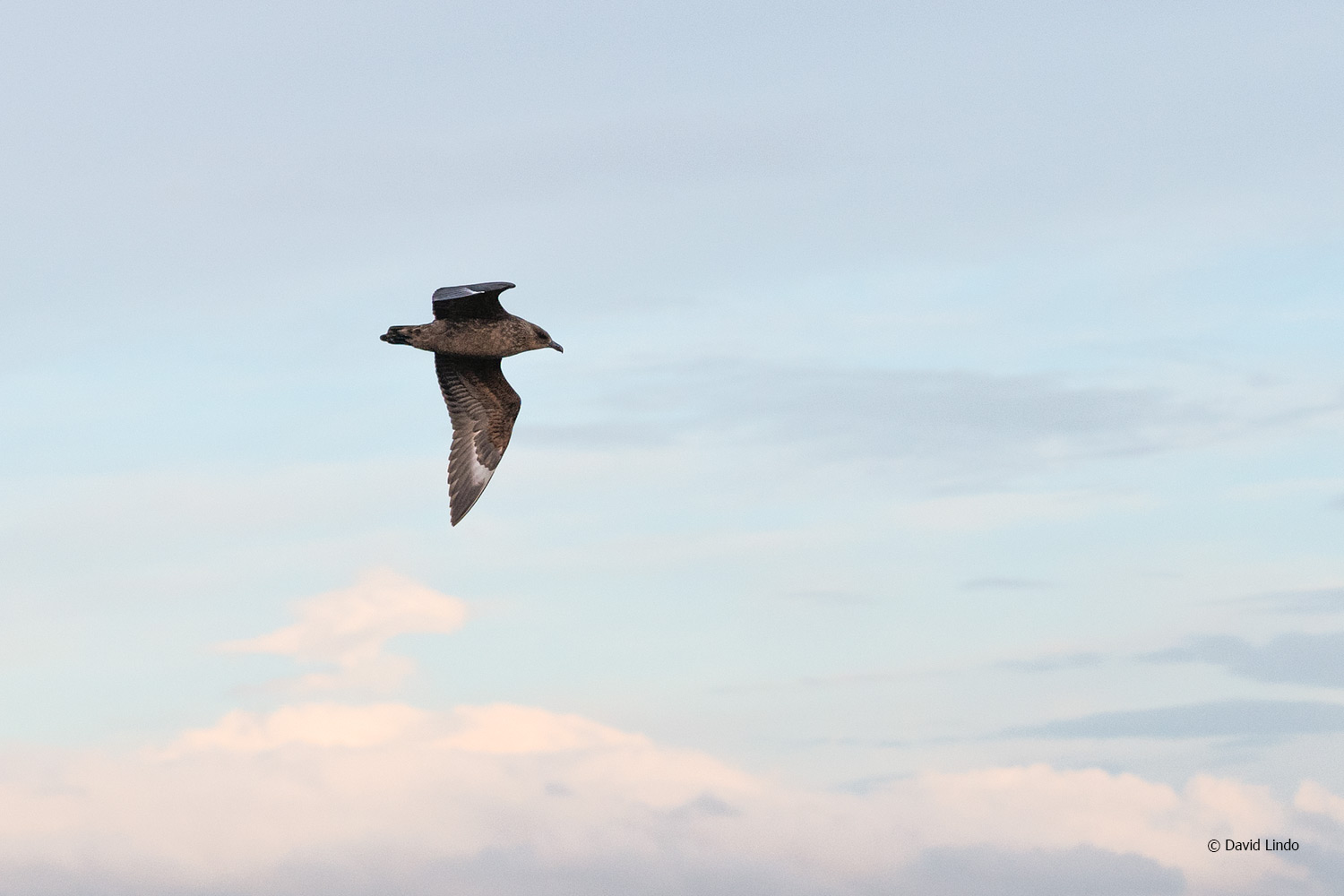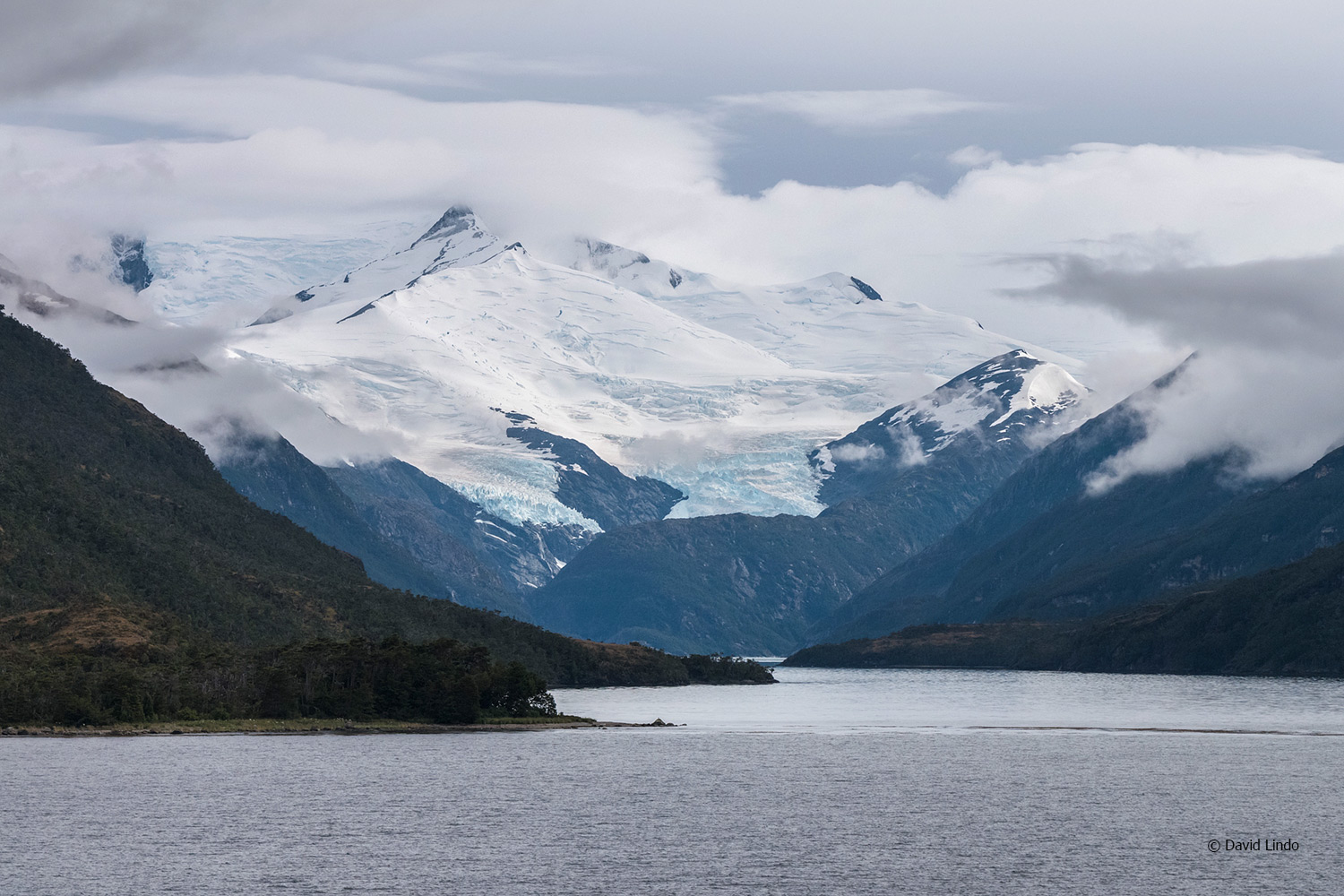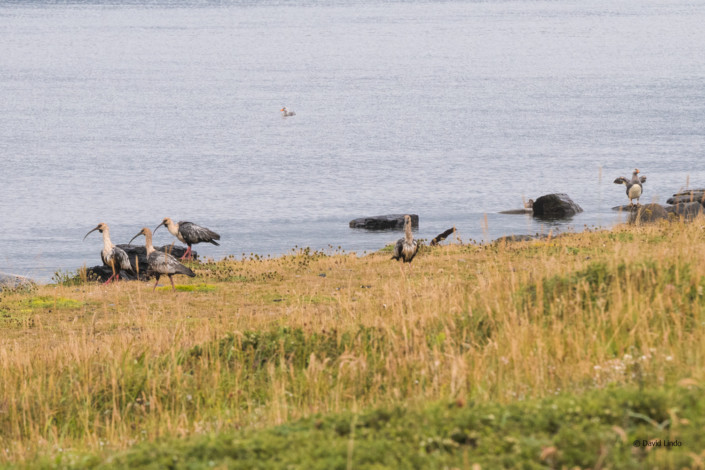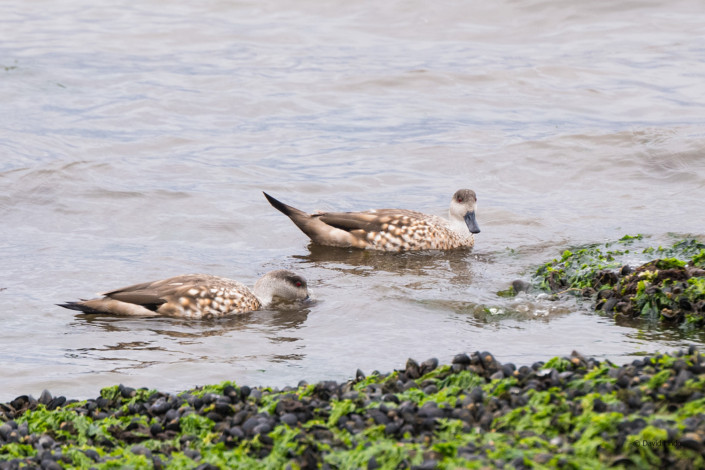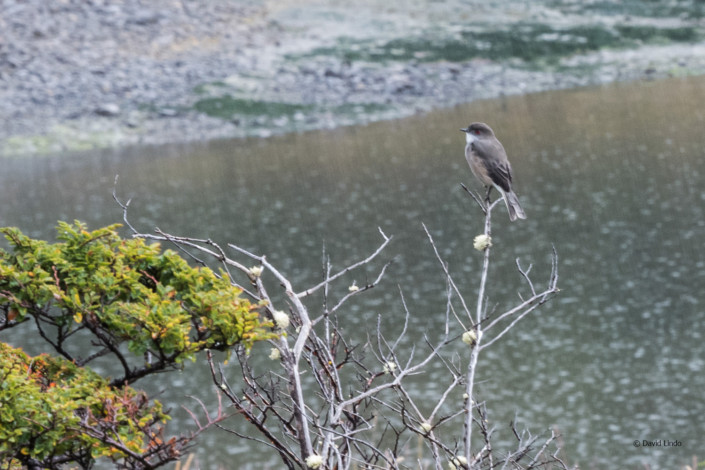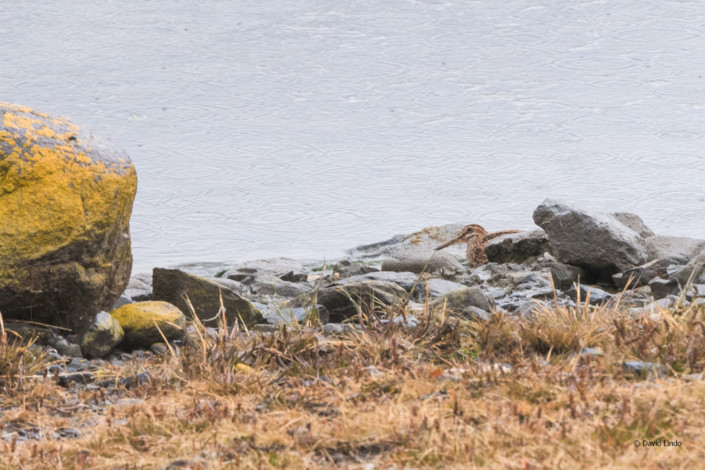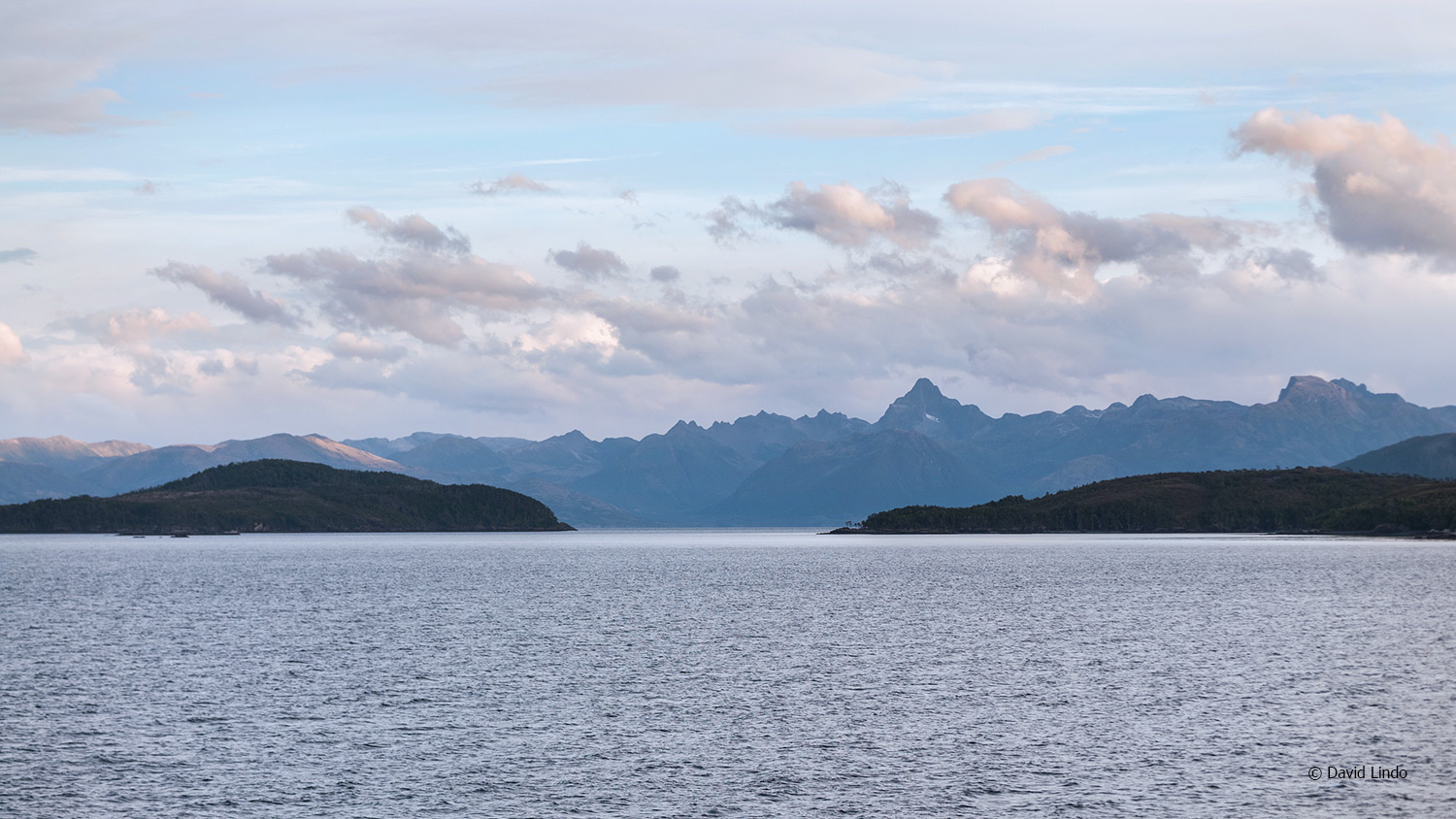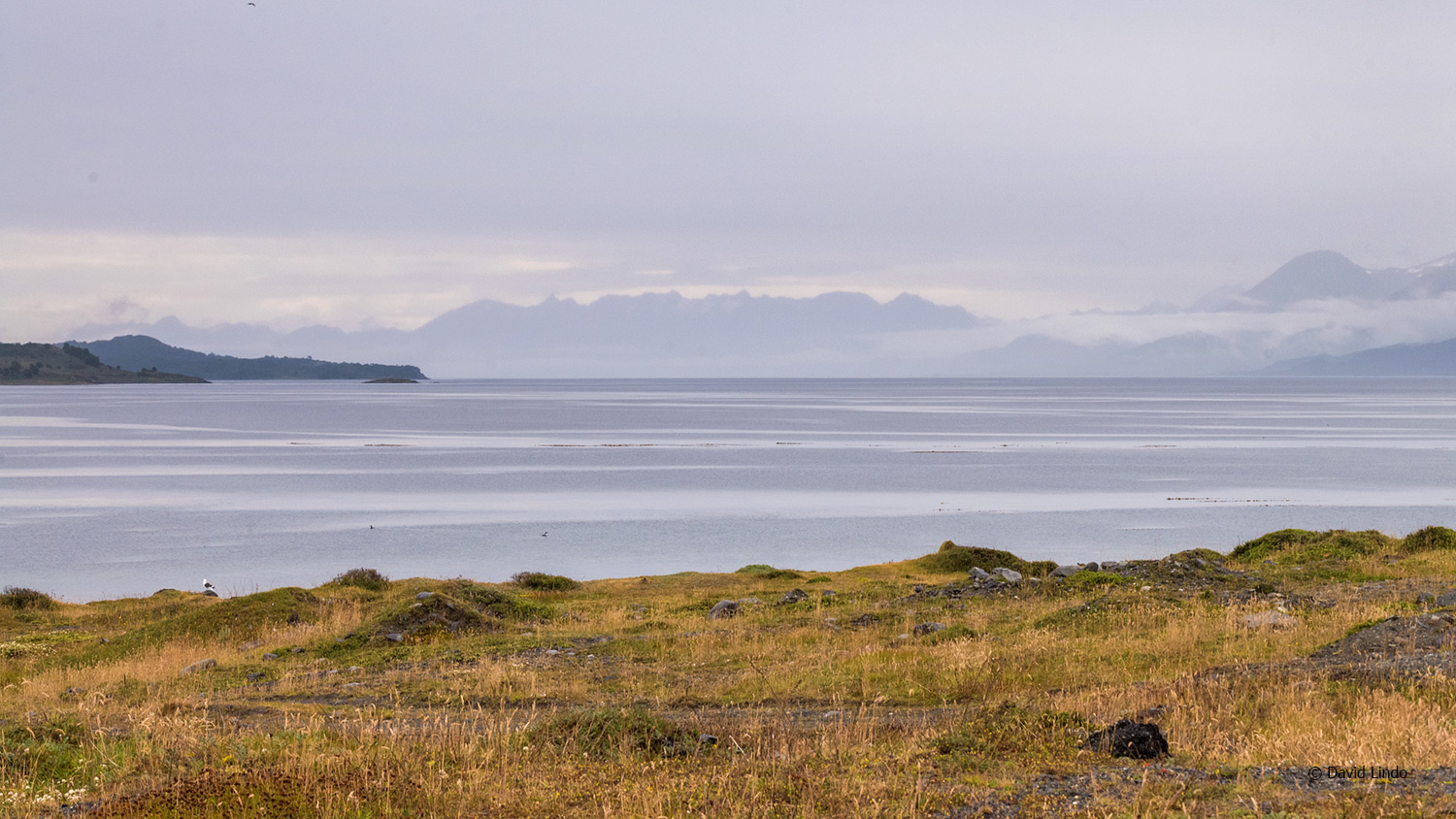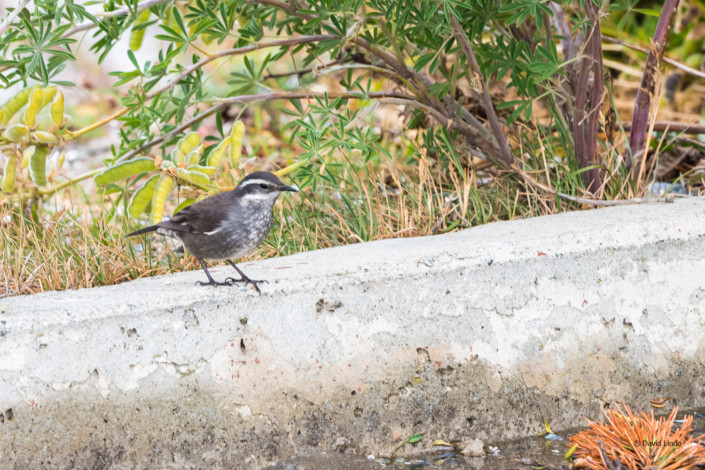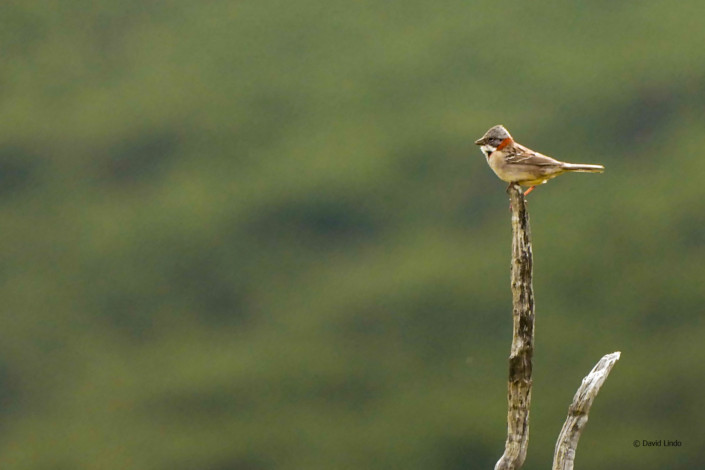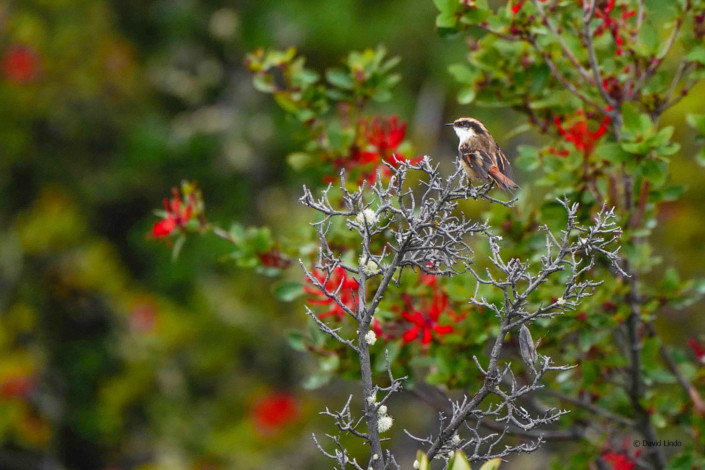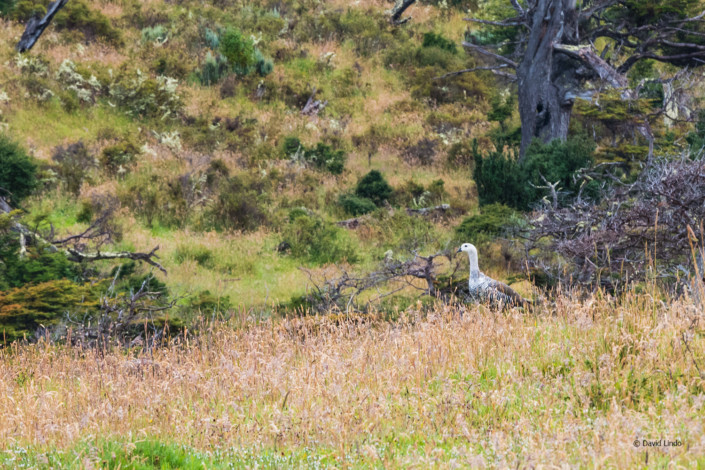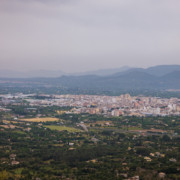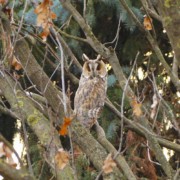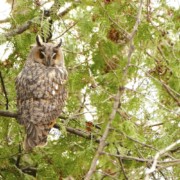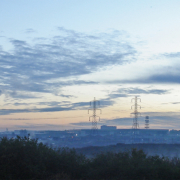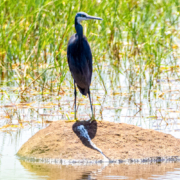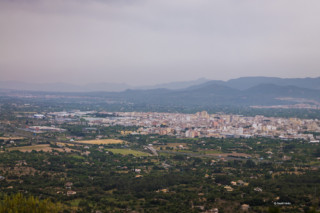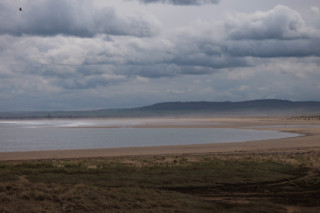I have recently returned from an amazing trip to Antarctica onboard MS Midnatsol operated by Hurtigruten (www.hurtigruten.co.uk). However, I began and ended my trip in Chile. Both visits to Chile were very brief, indeed, on the return leg aside from checking the Beagle Channel whilst sailing I only really birded in and around Puerto Williams (that faces the Beagle Channel) for a total of just three hours.
Time-wise, I fared a bit better when I first arrived in Chile. I spent several hours roaming around urban Santiago, Chile’s capital. Some 15 km later I had clocked a dismal 15 species although two were new – namely Austral Blackbird and Chilean Mockingbird. Most of the birds that I saw were mainly Feral Pigeons, Eared Doves and introduced Monk Parakeets. Shiny Cowbirds and Austral Thrushes were also prevalent in the many small city parks that I walked through along with Southern Lapwings. The grounds of the hotel that I stayed in provided me with Chimango Caracara and a sole White-crested Elaenia.
The next stage of my journey before embarking on my Antarctic voyage was the 4.5 hour flight south to Punta Arenas – the main gateway to the White Continent along with Ushuaia in Argentina. I got a cab from the airport on a journey that closely hugged the coastline. When I saw Punta Arenas in sight I jumped out and continued heading to the town by foot. Scanning the rocks produced Two-banded and Rufous-chested Plovers whilst Kelp and Dolphin Gulls abounded. Crested Ducks was also plentiful, looking like large sandy brown Northern Pintails. On the occasional abandoned wooden jetties where stacks of resting Imperial Shags. There were many on the sea too. They reminded me of grebes as they formed in rafts to occasionally dive in unison. They had a few all dark Rock Cormorants in their number too; that were smaller and even slenderer.
The bird of my visit to Punta Arenas had to be the Sabine’s Gull that I discovered amongst some Brown Hooded Gulls. I was first alerted to it when I noticed its distinctive tri-coloured wing pattern as it briefly flew a few metres down the beach. I was overjoyed. Primarily because the Sabine’s Gull was a species that I promised myself never to twitch as I wanted to find one “naturally”. This desire had its roots in October 1987 when southern Britain was hit by a great storm that wrecked havoc in its path but also brought in a lot of ocean-going birds. London had at least 25 Sabine’s Gulls at large plus numbers of Grey Phalaropes. My problem was that I was birding on the Isles of Scilly at the time, away from the storm and crucially, away from the Sabine’s Gulls.
When I eventually arrived back in the London all the Sab’s Gulls had departed. And that was the day that I promised to find one for myself. So naturally, the day that I found one in Punta Arenas was an emotional one. It was made all the more poignant because it was apparently Chile’s most southern record, as they do not usually occur south of Santiago.
The scenery along the Chilean coast as I was sailing on the ship was nothing short of spectacular and scanning the mountainsides resulted in a sighting of Andean Condor, which was a lifer for me. Chilean Skuas patrolled waters and a Striated Caracara briefly followed the ship before drifting off.
I referred to Puerto Williams earlier. I spent a total of three hours there on my return from Antarctica and despite the poor weather I had some fabulous birds. The local dark race of the Black-crowned Night Heron was commonplace on the edges of the watercourses along with Crested Ducks and Flying Steamer Ducks. The small lagoon area that I came across provided me with a Ringed Kingfisher, several South American Snipe, Magellanic and Blackish Oystercatchers, Black-faced Ibis and a Fire-eyed Duicon.
I will definitely have to return to Chile to explore if more fully and to find the one mammal that I would love to see above all the others – the Puma.
Santiago, Punta Arenas & Puerto Williams, Chile
15 – 17 February & 27 February – 2 March 2017
Mammals:
- South American Fur Seal – in the Beagle Channel
- Long-finned Pilot Whale – c4 probables in Punta Arenas harbour
- Peale’s Dolphin – Tucker’s Islands
Species
Lifers

